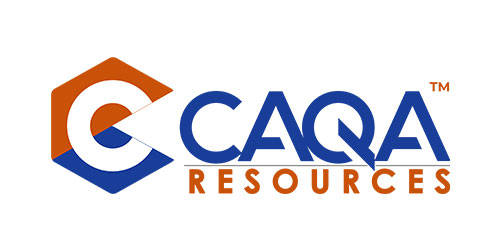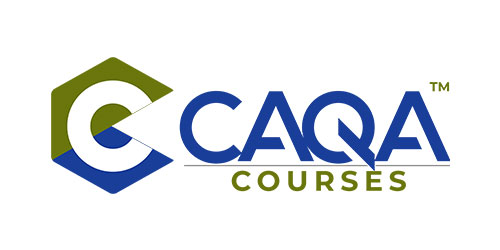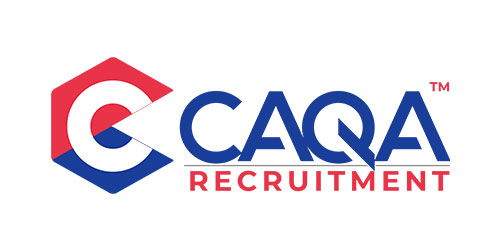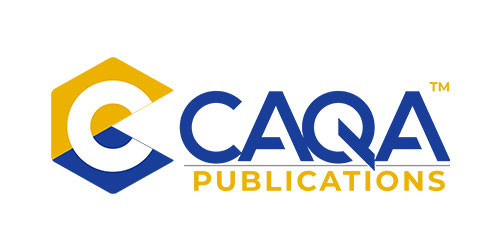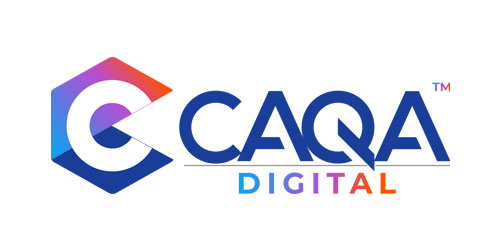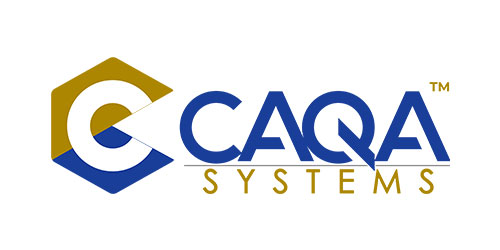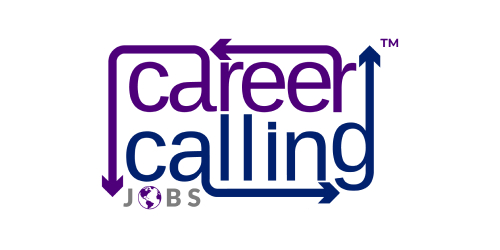
News
It is widely accepted that high-quality vocational education and training (VET) is essential for achieving positive outcomes for both individuals and industry. However, there is still much debate about what factors make up a high-quality VET offering.
In this article, we explore some of the key factors that registered training organisations (RTOs) should consider when delivering high-quality VET. In order to deliver high-quality VET, RTOs need to focus on four key areas: student engagement, student success, stakeholder needs, and continuous improvement.
Firstly, it is important to ensure that the VET offering is transformational, enabling students to engage, learn and achieve their goals. Transformational VET programs inspire students to see themselves in new roles, with new skills and knowledge that can help them succeed in their chosen field. Student engagement is critical to ensuring that students are motivated and inspired to learn. RTOs need to create an environment where students feel supported and able to achieve their goals.
Secondly, the VET offering must be student-centred, meeting the needs and goals of diverse learners. This means that programs must be designed to meet the specific needs of each student, taking into account their prior learning, experiences and aspirations. Student success is essential to ensuring that all students have the opportunity to succeed in their studies. RTOs need to provide support and guidance to help students overcome any challenges they may face.
Thirdly, VET offerings must be fit-for-purpose, adapting to the changing needs of businesses and industry. RTOs need to continually review and update their programs to ensure they are meeting the ever-changing demands of the workplace. Stakeholder needs must be met in order for RTOs to be fit-for-purpose. RTOs need to understand the needs of their stakeholders and adapt their offerings to meet those needs.
Finally, VET offerings must be evolutionary, continually improving to meet the needs of students and businesses. RTOs should always be looking for ways to improve their programs, making sure they are delivering the best possible outcomes for all involved. Continuous improvement is essential to ensuring that RTOs are always striving to improve their offerings. RTOs need to review their practices and make changes where necessary to ensure they are providing the best possible service to their students.
If you are an RTO looking to deliver high-quality VET, then consider these key factors to ensure you are providing the best possible learning experience for your students.
You can read more information at ncver.edu.au
 1800 961 980
1800 961 980 info@careercalling.com.au
info@careercalling.com.au













